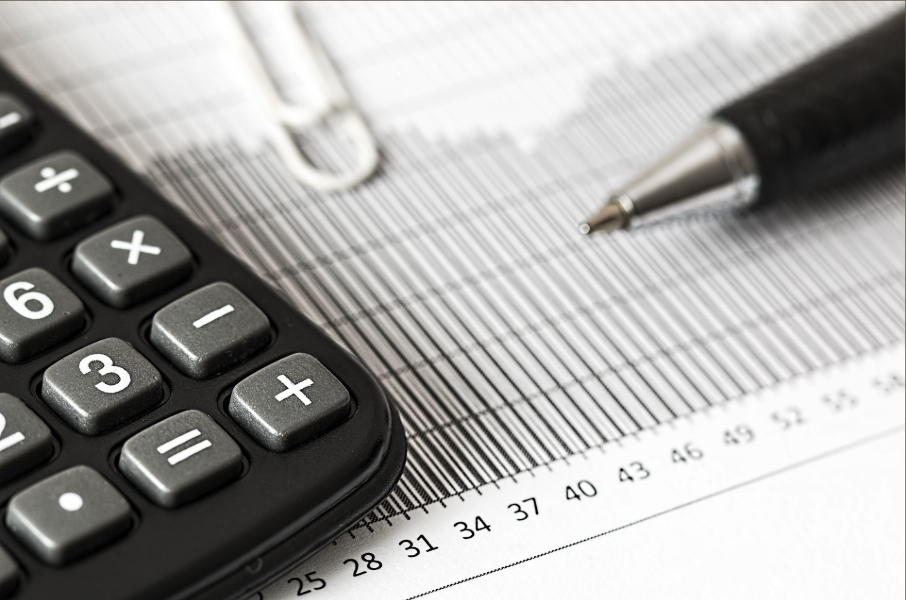Fed Chair Jay Powell said “there is not set path for interest rate policy” and the futures market shows almost no chance of a rate increase in 2019 (The highest odds of a hike currently show a 0.9% chance of a hike in the 3rd Quarter of 2019). As Fed Chair Powell has repeatedly said, we need to watch the data before making any judgements as to the future of short term rates, however, it’s safe to assume IF there are ANY increases to short term rates by the Fed this year they will not be in the first half of the year. We are also behind in terms of data collection due to the government shutdown and may not be caught up until the 2nd Quarter. With the Fed’s overnight target range at 2.25% – 2.50% (currently trading at an effective rate of 2.40%) we’ve likely seen most of the recovery in benchmark treasury yields that we will see for the first half of 2019. It is likely that that 10yr Treasury yields will be range bound between 2.50% and 3.00% for the foreseeable future while the front of the curve should remain flat (2yr Treasuries continue to trade a basis point or two below 5yr Treasuries).
The largest area of uncertainty going forward is what the Fed actually will do this year. As you can see on this chart, we are seeing rates across the curve reacting in a similar manner to what was experienced in the mid-1990s (and even late 90s) where rates “outkicked their coverage” and were higher than what materialized in the long run. These periods of relatively high rates are typically driven by fear, which we experienced last year as many called for 4.00% – 5.00% yields on the 10yr. I recall several conversations with banks as recently as the 4th quarter with banks looking to lock in liabilities in the low 3.00% range driven by the same fears. In December, fear vanished as the markets (and the FOMC) swung and we continue to get a dovish tone from speeches from FOMC board members. This month equity markets have rallied on talk of the Fed slowing the pace of their balance sheet reduction program (if not stopping it all together) adding another facet to the uncertainty we face.
There are opportunities in this market. On the liability side, there is little cost to add duration and it makes sense to ladder funding out 1-2 years to hedge against any rate increases we could see later in the year (it is important to remember the Fed still indicates there will be two more increases and many on the FOMC have identified a neutral rate being just above where current overnight rates remain).
On the investment side, if you were waiting for benchmark yields to “recover” from the lows of January before investing you’re likely in the clear. I look to the intermediate part of the curve for the best opportunities when we are trading near or below the midpoint of 10yr trading range (where we are today) and would look to extend duration if 10yr Treasury yields should push back towards the 3% mark. Furthermore, I want to add those fixed income assets that will perform best in the event of a future economic downturn, accordingly, I favor higher credit quality and want to avoid call risk to maximize returns and protect margins in the event of a future that sees a decline in rates.
by Jason Mork, Principal, Piper Jaffray & Co.

